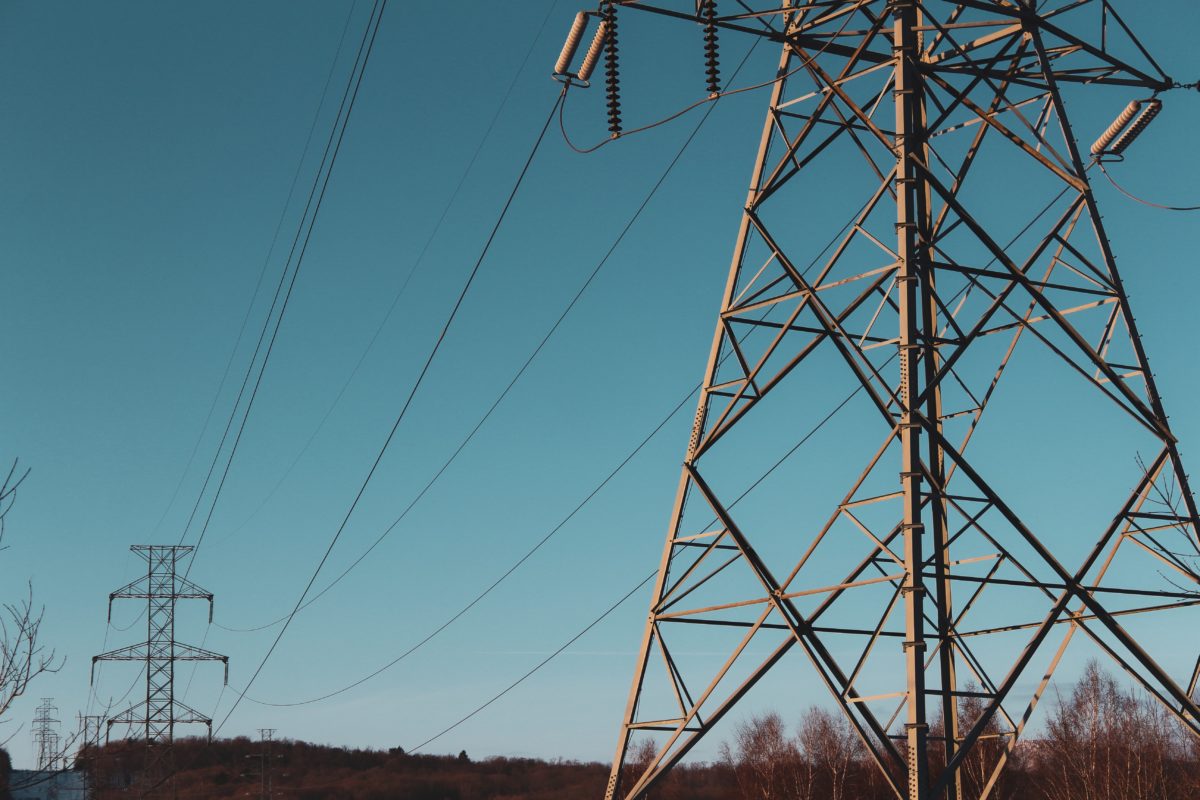It is tempting to wonder just how relevant the latest energy mix predictions produced by Europe's electricity transmission system operators (TSOs) can be, given they have been under consultation since October. And as the website created to display them points out, they do not take into account how much Russia's invasion of Ukraine has changed the picture.
With the arrival of Russian tanks prompting the EU to pledge to dramatically accelerate its energy independence plans, the scenarios modeled by the European Network of Transmission System Operators for Electricity (Entso-E) – and its gas peer Entsog – could already appear out of date.
The two EU-wide bodies published their latest 10-year network development plans (TYNDPs) this month and included two scenarios which would take the bloc to a net-zero energy system by mid century, as well as a “national trends” model based on current energy policies.
Second fiddle
The TSOs' two more ambitious outcomes – the large scale, more centralized approach entitled “global ambition” and the more community, consumer-driven “distributed energy” model – both envisage wind and imported biofuel playing a more significant role than solar in the EU generation fleet in 2050, with the former scenario also featuring more nuclear generation capacity than photovoltaics.
With large offshore wind facilities featuring more heavily in the centralized approach to net zero, the graphic included in the report indicates solar would occupy around 5% of the European energy mix in eight years' time, rising to 7% in 2040, and around 10% in mid century. Although solar is a more natural fit in the prosumer approach of the distributed energy model, the relative numbers remain modest, at around 7% and 10%, rising to 20% in 2050.
As Entso-E and Entsog are at pains to explain in the executive summary attached to their latest ten-year plans, the scenarios are “technology and energy-carrier neutral.”
Popular content
With the two bodies trumpeting consideration of technology such as vehicle-to-grid charging, prosumer modeling, district heating, power-to-gas and power-to-liquid fuels, and Europe-wide hydrogen and electrolysis for the first time, the authors of the report added: “Acceptance of energy infrastructure expansion is [of] paramount [importance] to achiev[ing] climatic targets.”
Stressing the critical importance of integrating electricity, methane, and hydrogen infrastructure, the ten-year plans estimate peak daily hydrogen demand of 2 TWh at the end of the decade, rising to 10 TWh in 2040, and around 15.5 TWh in mid-century, under the global ambition scenario. The distributed energy model posits daily demand of 1.75 TWh, more than 7 TWh, and almost 10 TWh, respectively.
EV outlook
And as for electric vehicles, the report estimated battery passenger vehicles will make up around 22.5% of the total European fleet in 2030, rising to 87.5% in mid century, under the consumer-led distributed model, with the global ambition outcome featuring a 12.5%-strong battery car fleet at the end of the decade, rising to 77.5%.
All of which brings the reader back to that hefty disclaimer, which reads: “The invasion of Ukraine by Russia on Feb. 24, 2022, has led to a major overhaul of energy policy objectives in terms of energy security and diversification of supply that the TYNDP 2022 scenarios do not currently reflect. Entso-E and Entsog would like to explain that due to these recent events affecting the energy supply in Europe, some assumptions used in this report regarding gas supply may be impacted for the short and longer terms.”
This content is protected by copyright and may not be reused. If you want to cooperate with us and would like to reuse some of our content, please contact: editors@pv-magazine.com.



2 comments
By submitting this form you agree to pv magazine using your data for the purposes of publishing your comment.
Your personal data will only be disclosed or otherwise transmitted to third parties for the purposes of spam filtering or if this is necessary for technical maintenance of the website. Any other transfer to third parties will not take place unless this is justified on the basis of applicable data protection regulations or if pv magazine is legally obliged to do so.
You may revoke this consent at any time with effect for the future, in which case your personal data will be deleted immediately. Otherwise, your data will be deleted if pv magazine has processed your request or the purpose of data storage is fulfilled.
Further information on data privacy can be found in our Data Protection Policy.